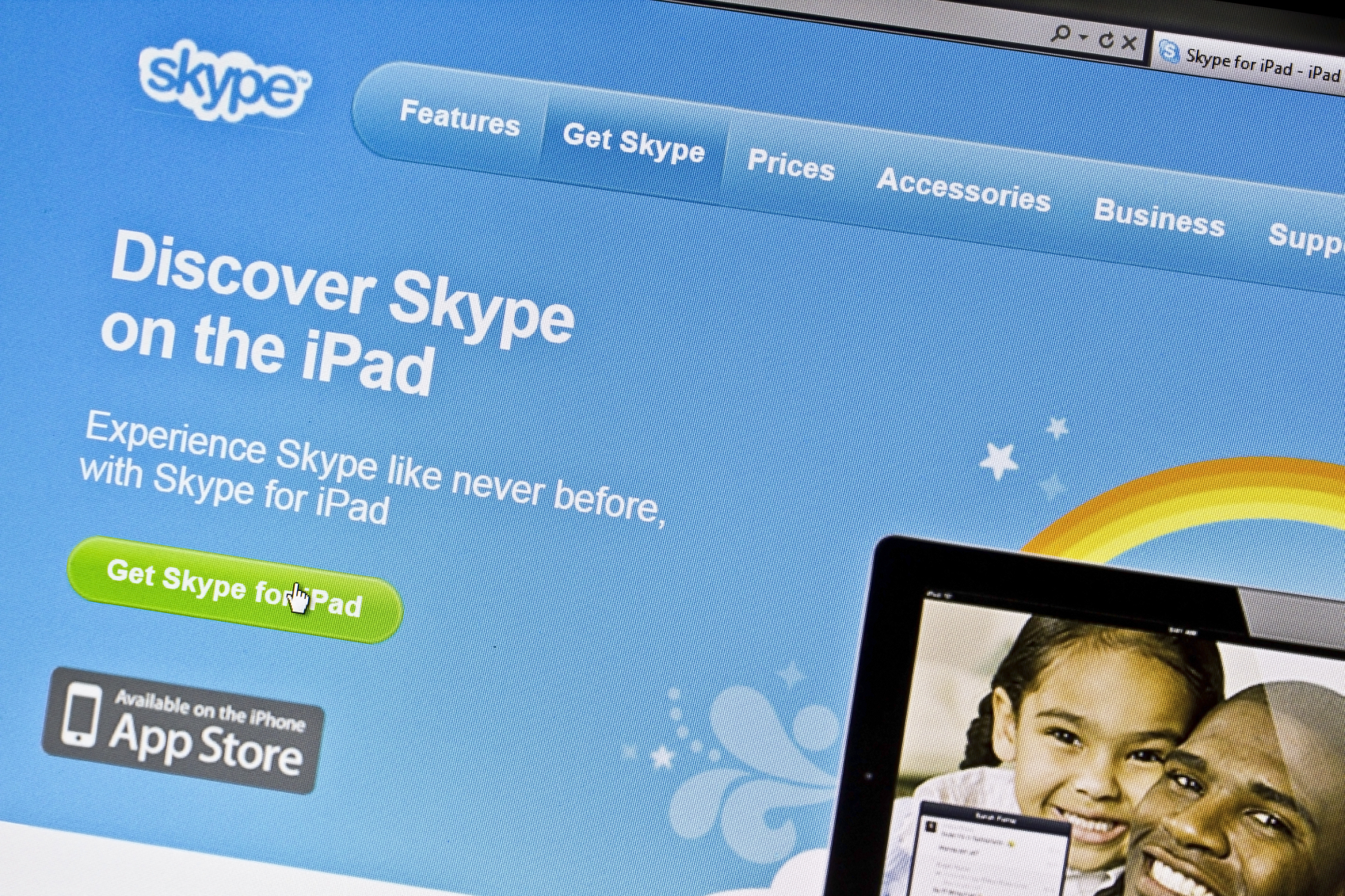• Microsoft announced a major initiative that enables the development of cross-platform bots
• Brands can develop bots to reach customers on messaging apps that are popular among mobile users
• Branded bots are poised to become a crucial tool for brands to get on conversational interfaces
What Microsoft Announced
On Wednesday at its annual developer conference Build, Microsoft unveiled its grand vision for building out the next-gen tools for conversation-based platforms. And at the center of its plan is a bot framework that will allow developers to build cross-platform bots that will enable brands to communicate with customers, enhance services, and gather feedback across websites, social media, messaging apps, and Office 365 email. The BotBuilder SDK is now available on GitHub under an open source MIT license.
Moreover, Microsoft also announced that it’s adding Cortana, Microsoft’s AI personal assistant, and an API for bots to Skype with the launch of Skype Bots Platform. Skype users will soon be able to book trips, shop, or order take-out just by talking with Cortana, who will communicate with third-party party bots to carry out the tasks as needed and aiding in the discovery of new services. The company also previewed the Skype Video Bot, which aims to bring bots into real-time video.
What Brands Need To Do
• Develop useful bots to reach customers on the messaging apps they’re already using
• Take advantage of the emerging popularity of conversational interfaces with messaging-based customer services
• Integrate some humanizing touches into automated replies to make users feel more comfortable engaging with bots
For many brands, bots can be a great tool to reach customers on the messaging apps that they are already using. By developing cross-platform bots, brands will be able to tap into the marketing potential in conversational interfaces, which we discussed in detail in our Outlook 2016. Since mobile users spend the majority of their times in social and messaging apps, it is getting increasingly difficult to convince consumers to download an app for tasks that aren’t daily habits. Chat bots can help brands remove the friction in that process and serve customers directly in the places and methods that they are accustomed to.
Furthermore, well-designed bots can create an environment in which users are more willing to share free-form answers to open-ended questions than they would in a formulaic questionnaire, which could uncover valuable insights for brands from regular customer feedback. This kind of software is also much easier to iterate and improve as functionality that users want is requested explicitly and updates can be rolled out without the approval of App Store gatekeepers.
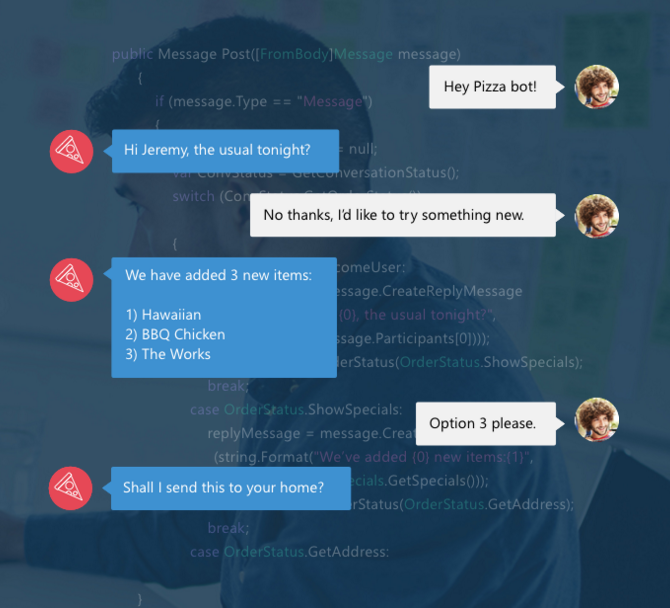 For travel and hospitality brands, bots can help users look up travel information and book flights and hotel rooms. Hyatt Hotels currently employs of a team of 60 across three global locations to help guests with their customer service needs via social and messaging channels. Earlier this week, KLM airlines announced a partnership with Facebook that will allow KLM customers to receive flight confirmations, check for flight status updates, and ask questions right in Facebook’s Messenger app. Building cross-platform bots with Microsoft’s framework can help automate and expand these use cases to more platforms and reach more customers.
For travel and hospitality brands, bots can help users look up travel information and book flights and hotel rooms. Hyatt Hotels currently employs of a team of 60 across three global locations to help guests with their customer service needs via social and messaging channels. Earlier this week, KLM airlines announced a partnership with Facebook that will allow KLM customers to receive flight confirmations, check for flight status updates, and ask questions right in Facebook’s Messenger app. Building cross-platform bots with Microsoft’s framework can help automate and expand these use cases to more platforms and reach more customers.
For restaurants and QSR brands, bots can be of great help in handling online orders and gathering customer feedback. Microsoft showcased a Domino’s Pizza bot created with the BotBuilder framework, which works in multiple apps such as Skype and Slack and supports natural language interactions.
For retailers, bots can be a great tool for product recommendations while also allowing retailers to sell directly to users on messaging apps. For example, Sephora recently created a bot on messaging app Kik that will guide users through a short quiz and offer them a customized product recommendation based on the answers users give.
Market Impact
Microsoft is hardly the only company that wants to help developers and brands build bots. All major players in the development of conversational interfaces, from big companies such as Facebook and Google to messaging apps like Kik and Slack, have all announced their own programs and tools to help brands build bots to communicate with consumers. What Microsoft announced on Wednesday, however, will make it a lot easier for developers and brands to build bots that will work across various marketing channels and touchpoints. The coming proliferation of bots should also propel the mainstream adoption of conversational interfaces, which would change the rules of search and content discovery and further alter brand-customer interactions.
How We Can Help
Please contact Client Services Director Samantha Holland ([email protected]) at the IPG Media Lab if you would like more detail or want to schedule a visit to the Lab to discuss how your brand may benefit from integrating with messaging apps and voice platforms.
For previous editions of Fast Forward, please visit ipglab.com. Please reply with any constructive criticism or feedback. We want these to be as useful as possible for you and your clients, and your input will help us immensely.
All images courtesy of Microsoft’s developer site
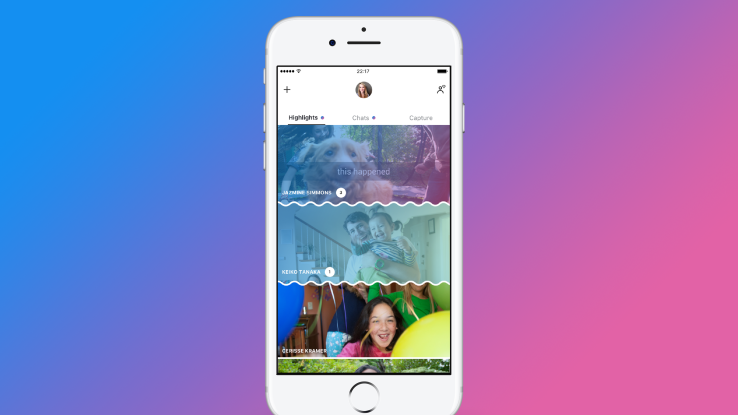
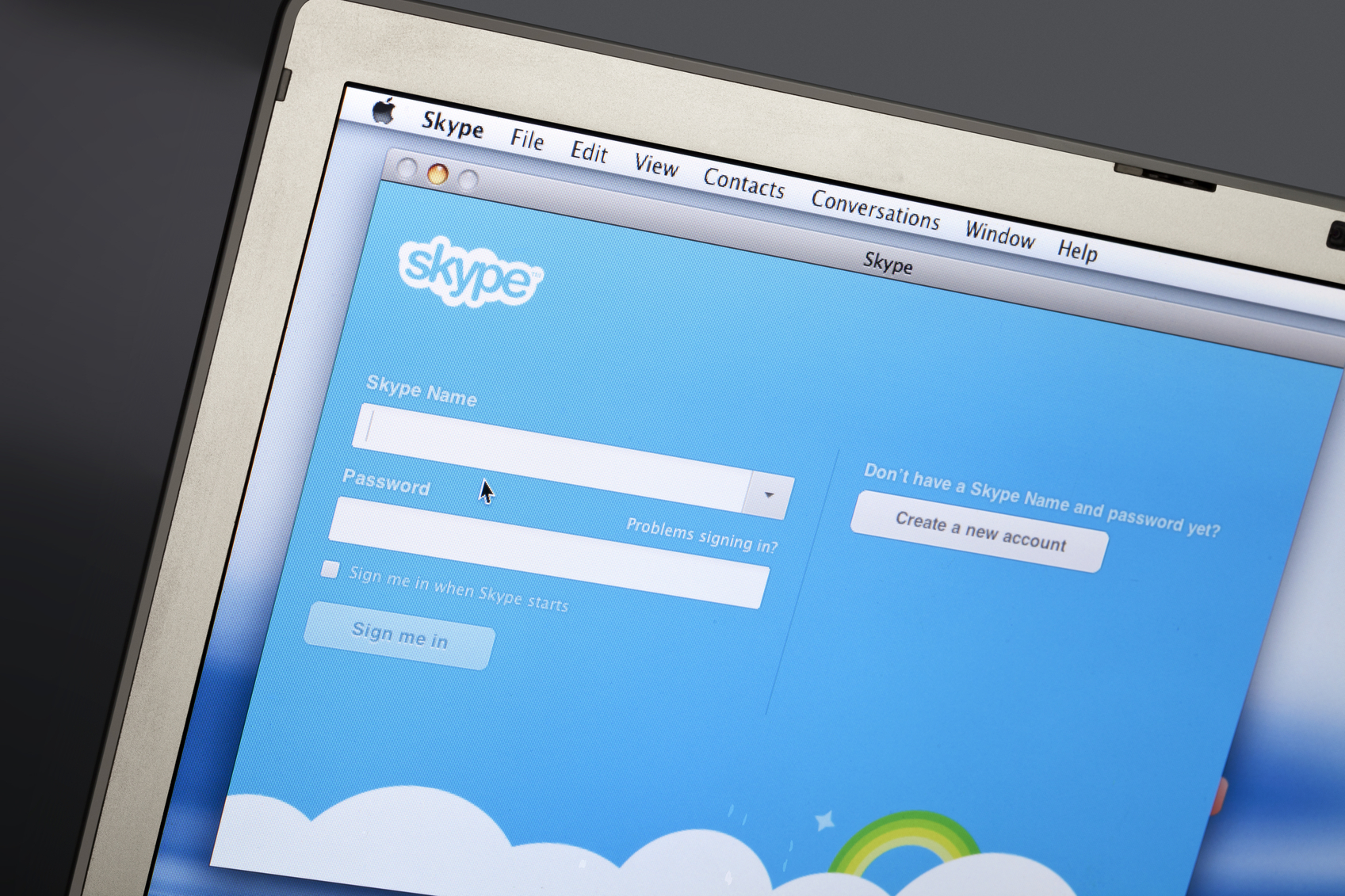
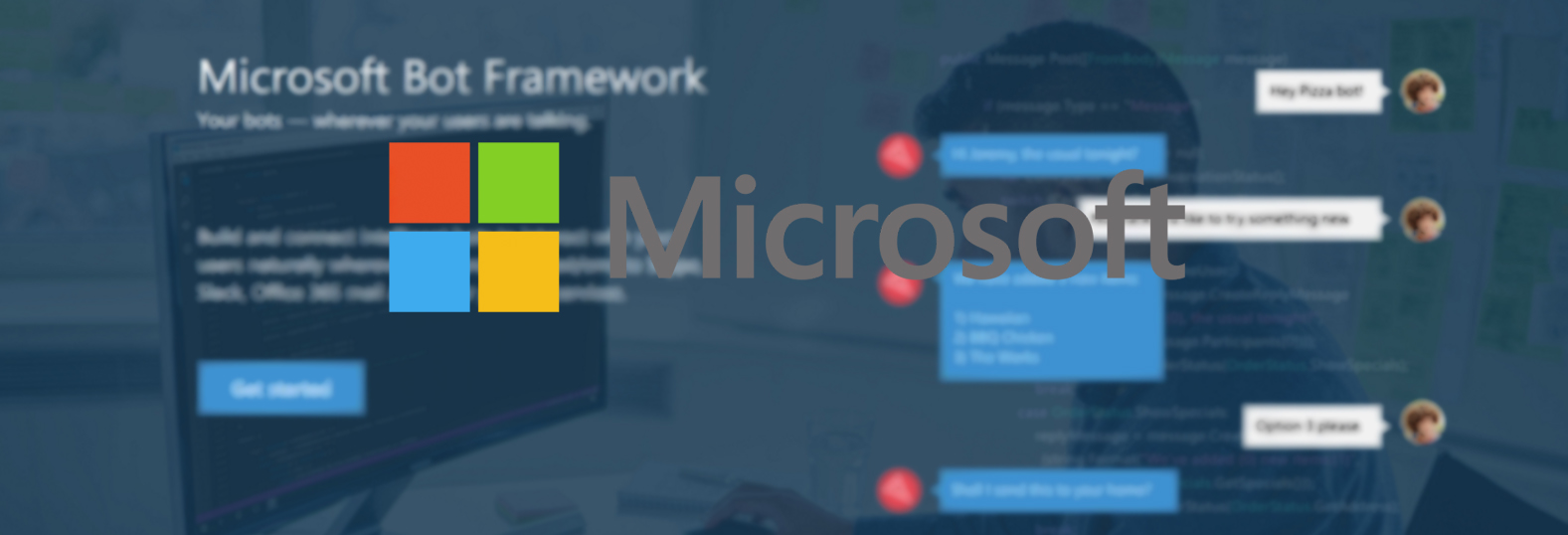
 For travel and hospitality brands, bots can help users look up travel information and book flights and hotel rooms. Hyatt Hotels currently employs of a team of 60 across three global locations to
For travel and hospitality brands, bots can help users look up travel information and book flights and hotel rooms. Hyatt Hotels currently employs of a team of 60 across three global locations to